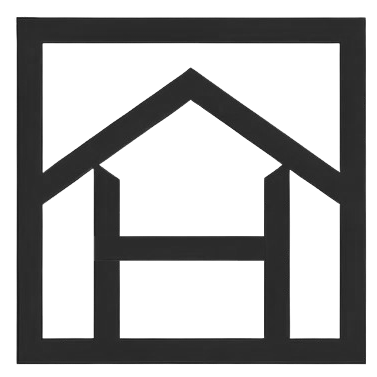The farmhouse aesthetic is known for its cozy, inviting charm paired with clean, timeless design. The key to achieving this look lies in choosing the right color palette—one that feels soft, natural, and effortlessly elegant. With the perfect blend of neutrals, earth tones, and subtle pops of color, you can create a space that feels calm, cohesive, and full of rustic character.
In this guide, we’ll explore the best farmhouse color palettes to help you achieve a timeless look, whether you’re refreshing a single room or redesigning your entire home.
1. Classic Whites and Creams
A foundation of white and cream tones creates a fresh, clean backdrop that embodies the simplicity of farmhouse style.
Best Shades to Use:
- Sherwin-Williams Alabaster: A soft, warm white perfect for walls and trim.
- Benjamin Moore Simply White: Crisp and clean with a subtle warmth.
- Behr Swiss Coffee: A creamy, neutral white that’s cozy and timeless.
How to Style It:
- Use white shiplap walls or wainscoting to add texture and charm.
- Pair white walls with warm wood tones for furniture, beams, or floors.
- Add layers of cream or ivory textiles, like slipcovered sofas, linen curtains, and chunky knit throws.
Pro Tip: To avoid a sterile look, incorporate natural materials like reclaimed wood, woven baskets, and greenery to add warmth and dimension.
2. Greige: The Perfect Blend of Gray and Beige
Greige (a mix of gray and beige) is a versatile, warm neutral that adds subtle color while maintaining a cozy, understated farmhouse feel.
Best Greige Shades:
- Sherwin-Williams Repose Gray: A light, warm greige that works for walls, cabinets, or trim.
- Benjamin Moore Edgecomb Gray: A soft, warm neutral that adapts beautifully to changing light.
- Behr Silver Drop: A light greige with cool undertones for a modern farmhouse vibe.
How to Style It:
- Paint living room or bedroom walls in greige for a calming, sophisticated backdrop.
- Pair greige walls with white trim and accents for a clean contrast.
- Layer with soft gray and cream textiles to enhance the cozy farmhouse feel.
Pro Tip: Use greige on kitchen cabinets or built-ins for a subtle, timeless alternative to stark white.
3. Muted Sage Green for a Natural Touch
Sage green is a quintessential farmhouse color that adds a subtle pop of nature-inspired beauty. Its muted tone works beautifully with neutral palettes and natural textures.
Best Sage Green Shades:
- Sherwin-Williams Clary Sage: A soft, earthy green that pairs well with wood and whites.
- Benjamin Moore Saybrook Sage: A calm, muted sage with a timeless appeal.
- Behr Nature’s Gift: A slightly deeper sage with cozy undertones.
How to Style It:
- Use sage green on kitchen cabinets or bathroom vanities for a fresh, timeless look.
- Paint an accent wall in sage to add depth and interest to living rooms or bedrooms.
- Pair with neutral furniture, white shiplap, and vintage wood tones for a perfect farmhouse blend.
Pro Tip: Add natural greenery like eucalyptus stems, potted plants, or olive trees to complement sage tones.
4. Warm Taupe for Subtle Sophistication
Warm taupe is a soft, earthy neutral that exudes sophistication while maintaining a cozy farmhouse vibe.
Best Taupe Shades:
- Sherwin-Williams Accessible Beige: A warm taupe with gray undertones that works in any space.
- Benjamin Moore Revere Pewter: A timeless greige-taupe blend that’s perfect for walls.
- Behr Pecan Sandie: A creamy taupe with a hint of warmth.
How to Style It:
- Use taupe on bedroom walls for a serene and cozy retreat.
- Pair taupe walls with white or cream accents and reclaimed wood furniture.
- Incorporate woven textures, like jute rugs or wicker baskets, to enhance the earthy tones.
Pro Tip: Warm taupe pairs beautifully with vintage-inspired accents like distressed wood, antique mirrors, and linen fabrics.
5. Soft Blues for Calm and Serenity
Soft blues bring a refreshing, airy quality to farmhouse spaces, evoking a sense of calm and serenity.
Best Soft Blue Shades:
- Sherwin-Williams Sea Salt: A greenish-blue with a spa-like softness.
- Benjamin Moore Quiet Moments: A tranquil blend of blue, gray, and green.
- Behr Light French Gray: A subtle blue-gray that works beautifully in bedrooms and bathrooms.
How to Style It:
- Use soft blue in bathrooms, bedrooms, or laundry rooms for a serene, timeless look.
- Pair blue walls with white trim, warm wood furniture, and linen textiles.
- Layer in vintage accents like rustic metal signs or soft floral patterns.
Pro Tip: Blue pairs well with earth tones like taupe, beige, and cream for a balanced farmhouse palette.
6. Terracotta and Warm Clay Tones
Terracotta and warm clay hues add a rustic, earthy warmth to farmhouse interiors while still feeling timeless and inviting.
Best Warm Tones:
- Sherwin-Williams Cavern Clay: A warm, earthy terracotta perfect for accents.
- Benjamin Moore Dusty Ranch Brown: A clay-inspired neutral with rustic charm.
- Behr Adobe Sand: A soft, warm terracotta that pairs well with neutrals.
How to Style It:
- Use terracotta as an accent color for throw pillows, vases, or artwork.
- Incorporate warm clay tones through vintage-style rugs or upholstered furniture.
- Pair with cream walls, natural wood accents, and woven textures for a cozy farmhouse vibe.
Pro Tip: For subtle warmth, use terracotta or clay as an accent wall or cabinet color in kitchens or dining rooms.
7. Charcoal Gray for Depth and Contrast
For a modern take on farmhouse style, charcoal gray adds depth and a hint of sophistication to an otherwise neutral palette.
Best Charcoal Gray Shades:
- Sherwin-Williams Iron Ore: A deep, dramatic gray that works well for cabinets or trim.
- Benjamin Moore Kendall Charcoal: A rich, warm gray with a soft edge.
- Behr Cracked Pepper: A soft, matte charcoal perfect for modern farmhouse accents.
How to Style It:
- Paint kitchen islands, cabinets, or doors in charcoal gray for a dramatic farmhouse touch.
- Pair charcoal accents with white shiplap and warm wood finishes.
- Add light gray or white textiles to balance out the darker tones.
Pro Tip: Charcoal gray works best in small doses—use it for accents like doors, trims, or statement furniture.
Picture Gallery
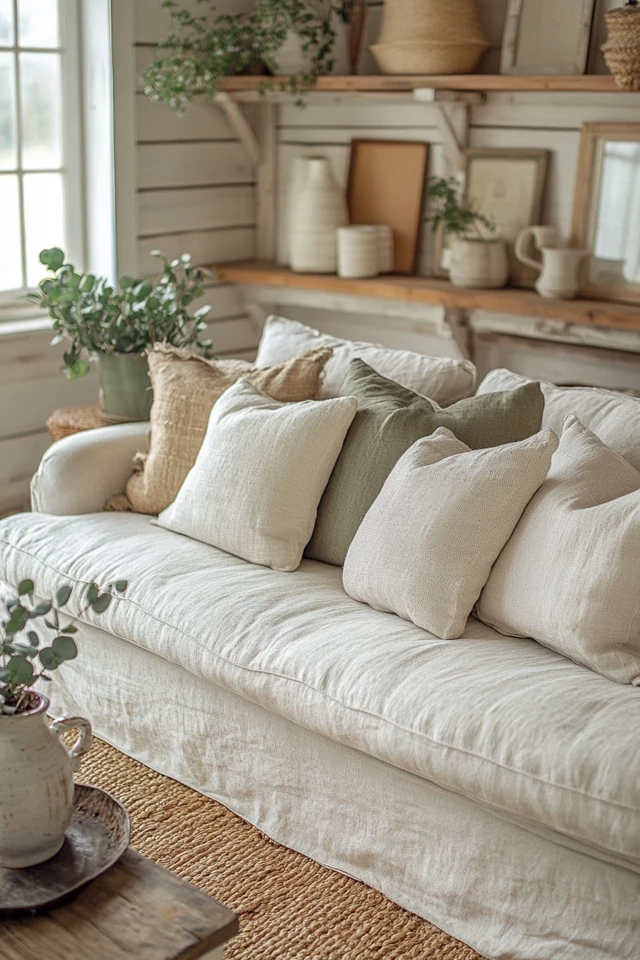
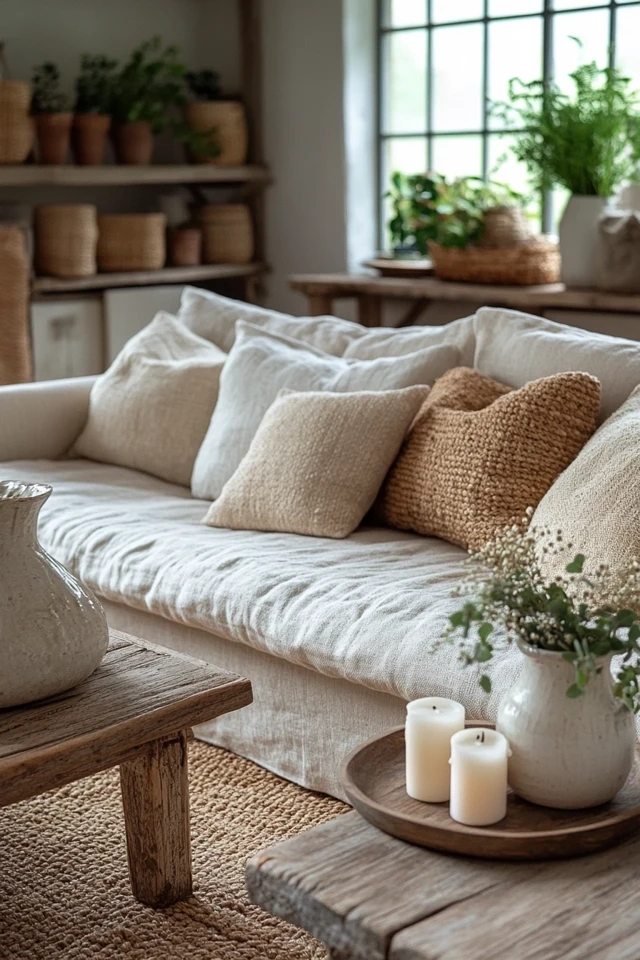
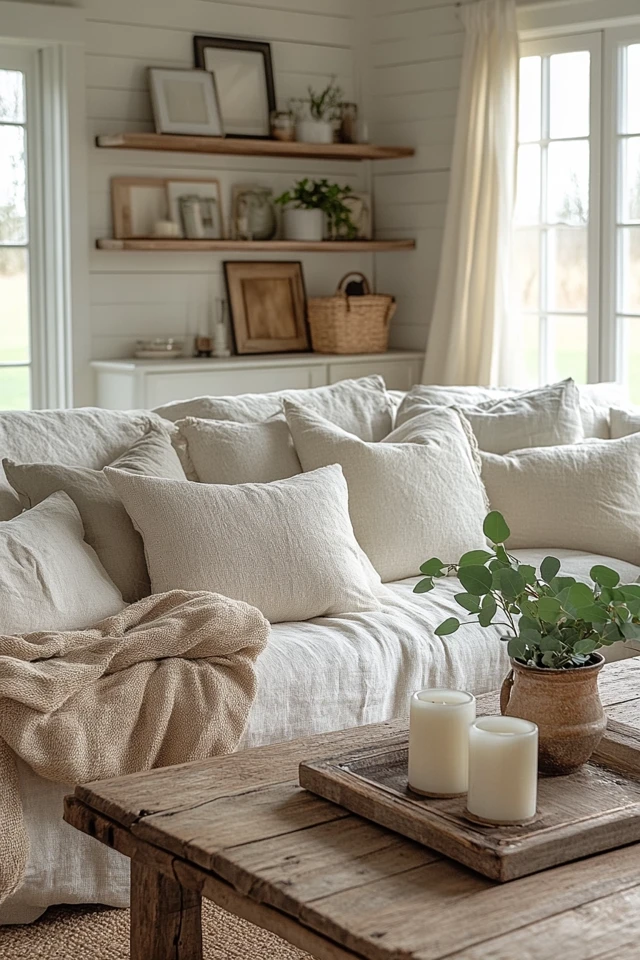
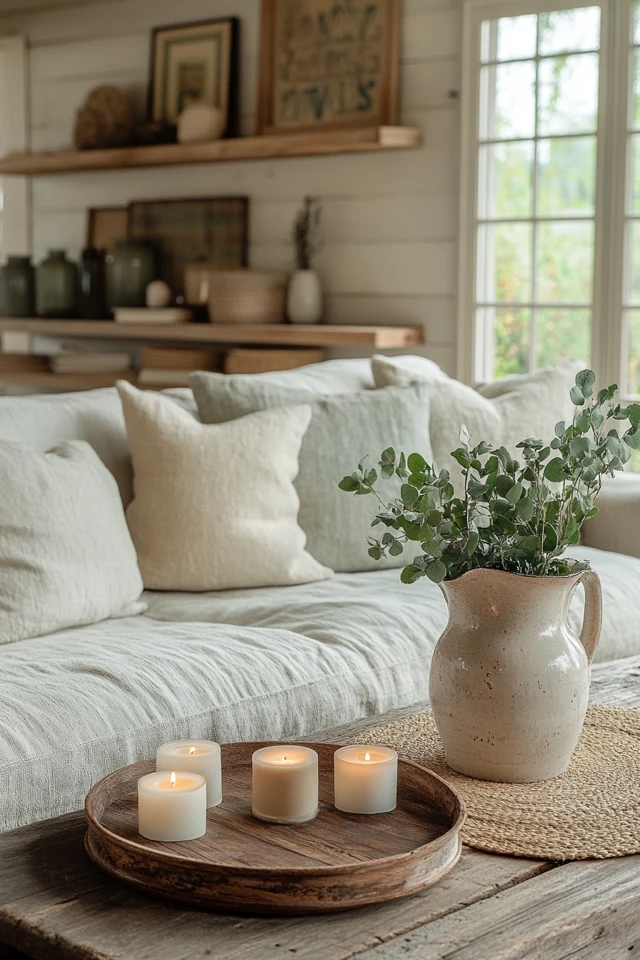
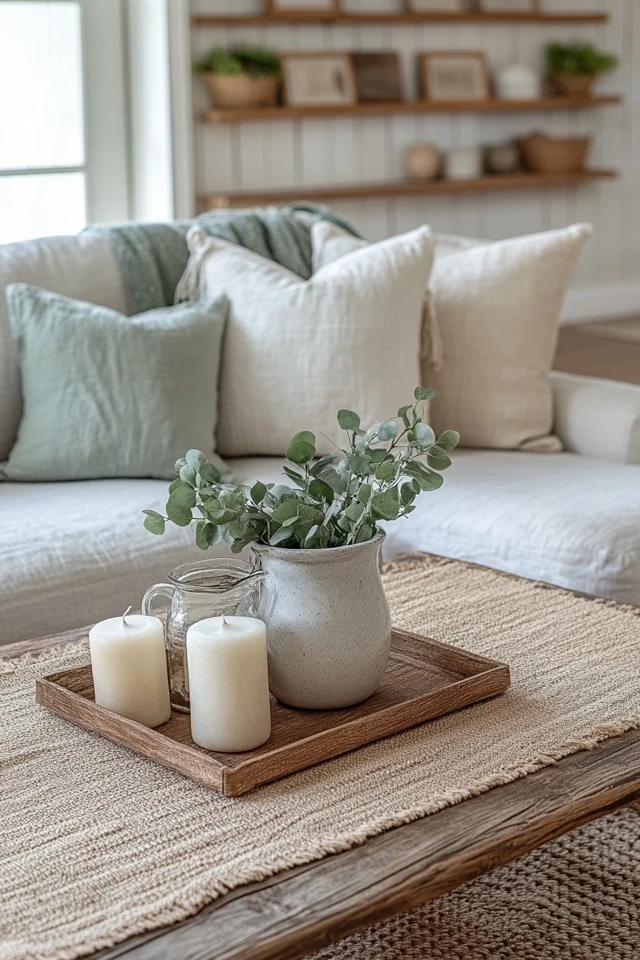
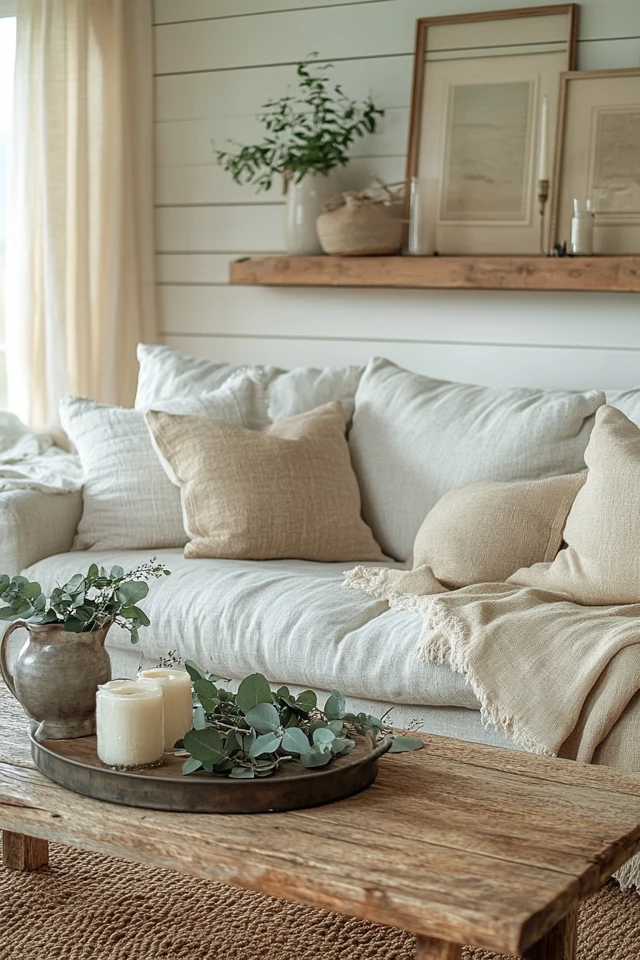
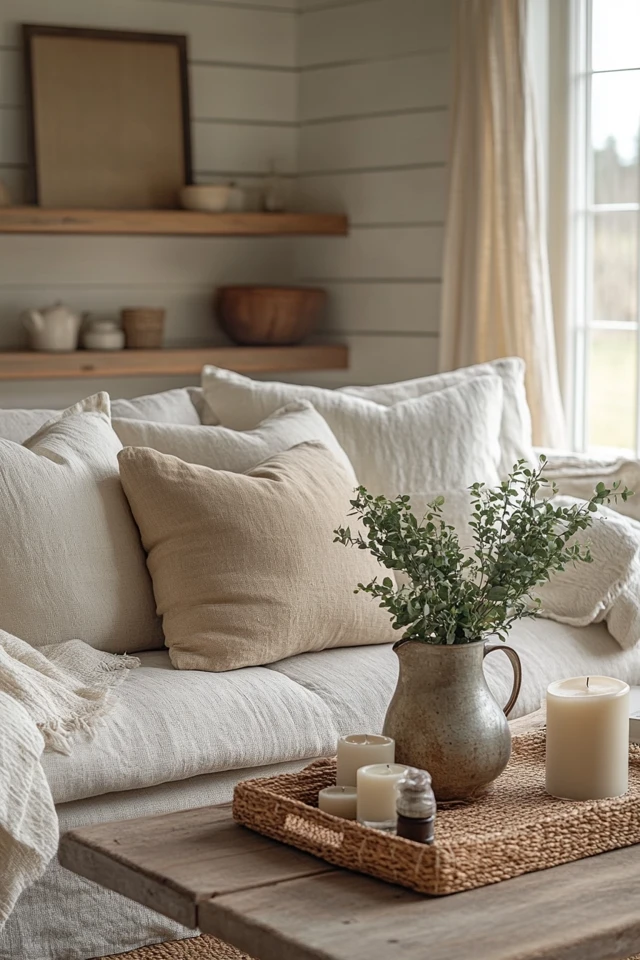
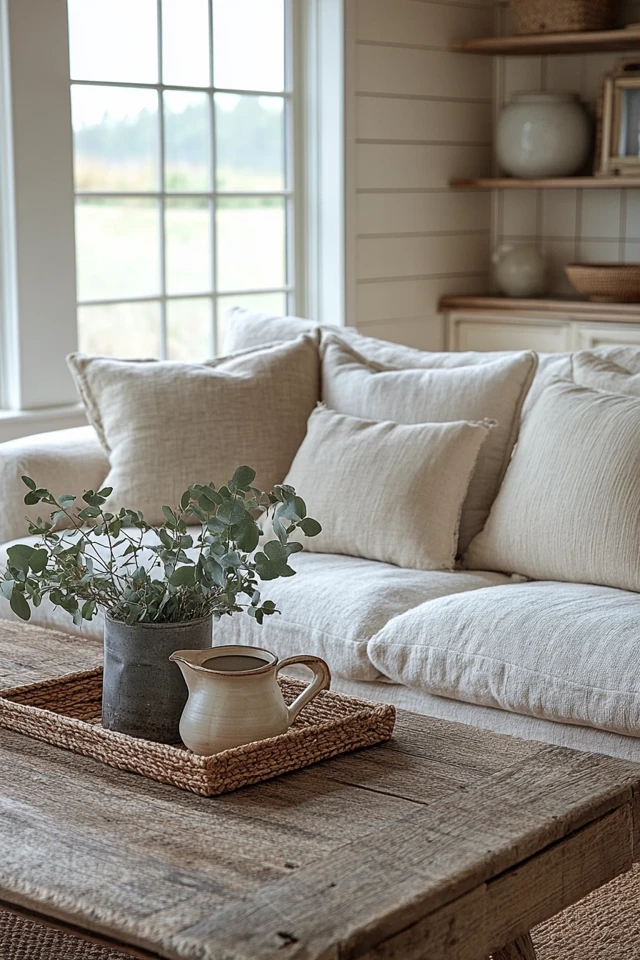
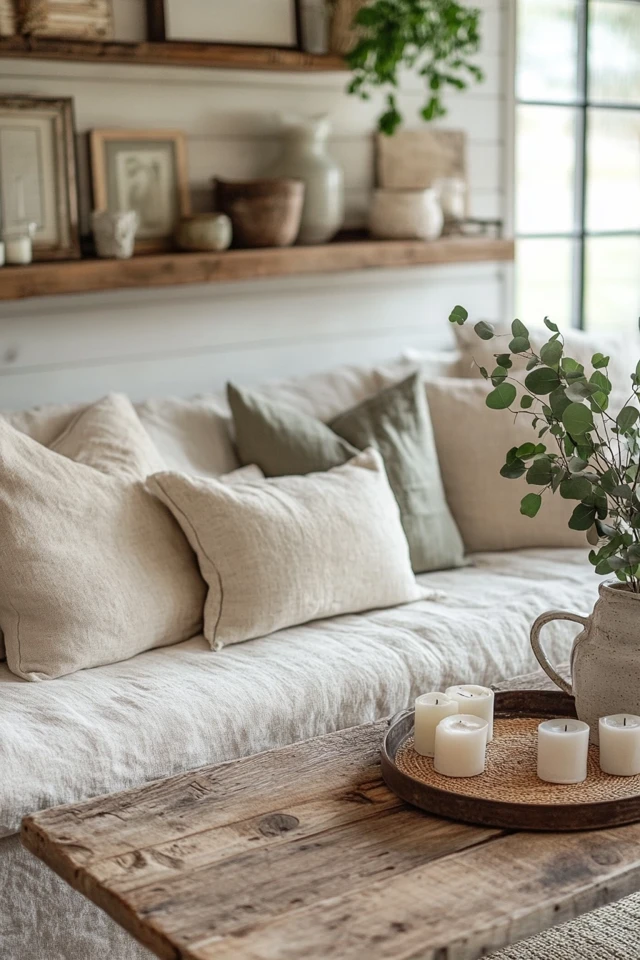
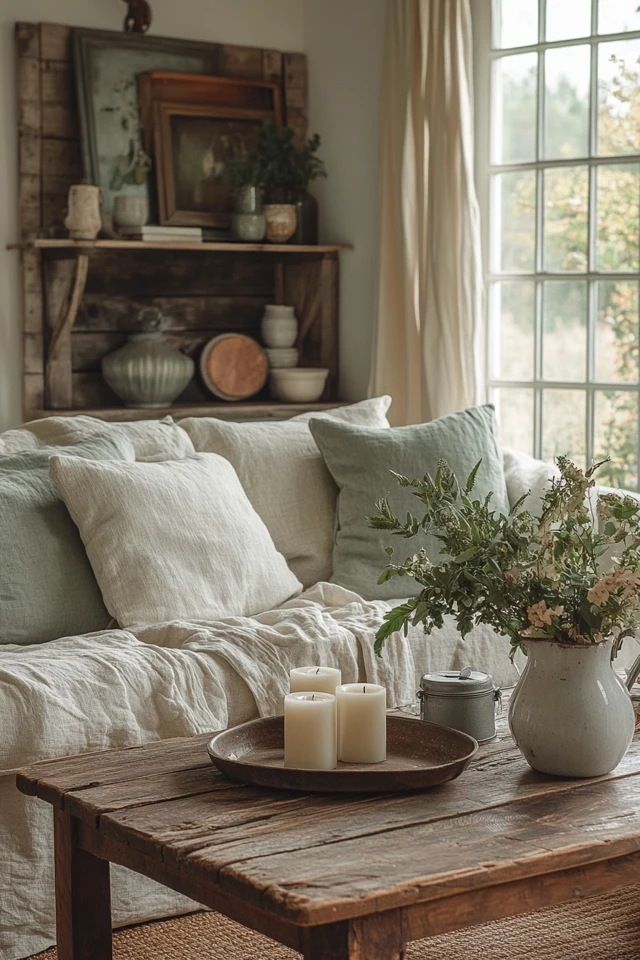
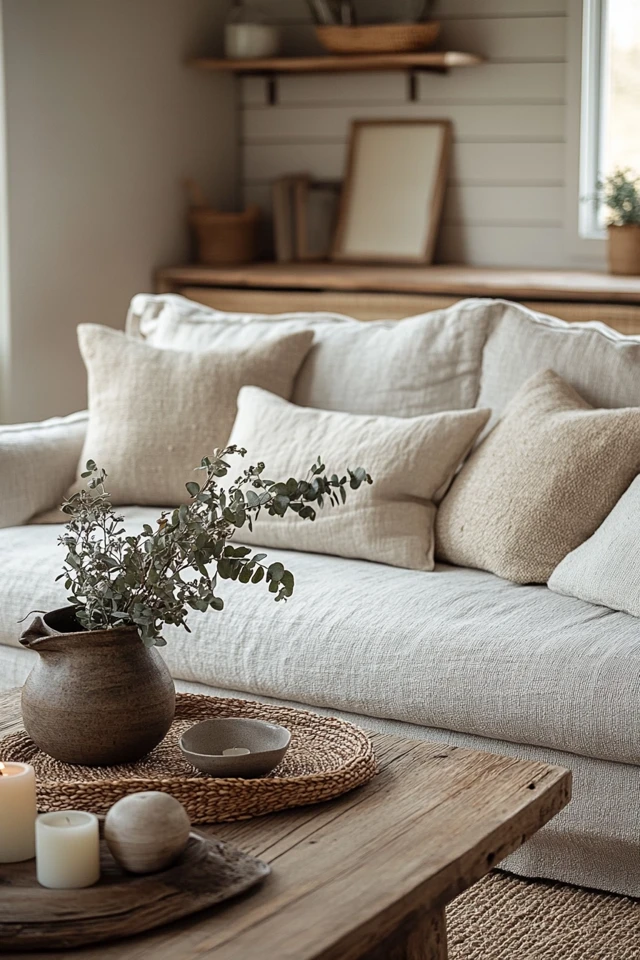
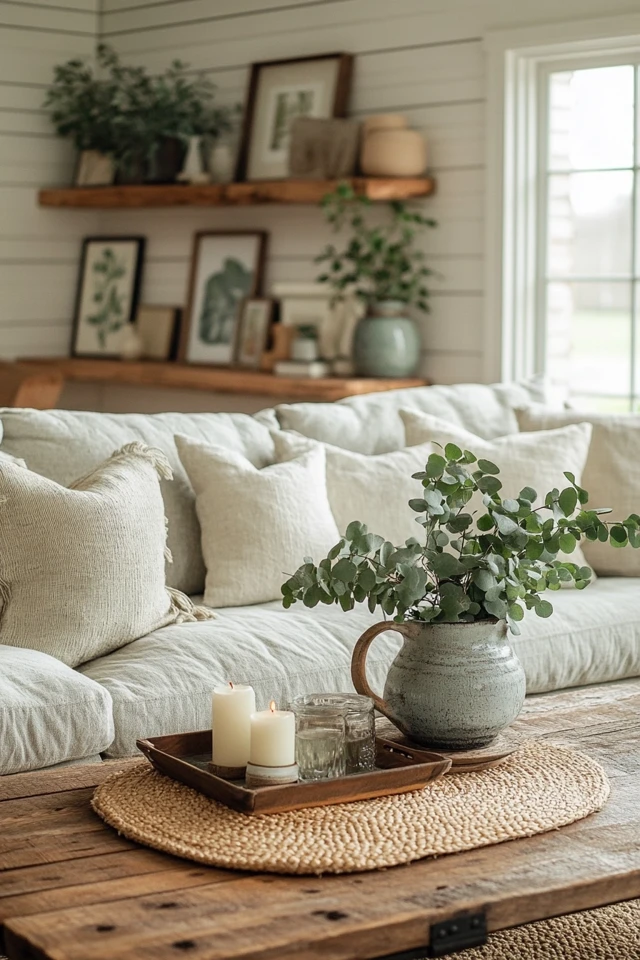
Conclusion
The right farmhouse color palette sets the tone for a space that feels timeless, warm, and full of rustic charm. From classic whites and warm taupes to soft sage greens and subtle blues, farmhouse colors celebrate simplicity while allowing room for texture, contrast, and vintage accents. By incorporating these shades into your walls, furniture, and decor, you’ll create a space that’s both cozy and effortlessly stylish.
Whether you’re updating a single room or reimagining your entire home, these timeless farmhouse color palettes will help you achieve the perfect blend of rustic and refined beauty.
FAQ
1. What are the best neutral colors for farmhouse style?
Whites, creams, greige (gray-beige), and taupe are the most versatile farmhouse neutrals.
2. What accent colors work best in farmhouse design?
Soft sage greens, muted blues, terracotta, and charcoal grays work beautifully as farmhouse accents.
3. How can I incorporate color without overwhelming a neutral farmhouse palette?
Use soft, muted shades on cabinets, doors, or accent walls and incorporate color through textiles, artwork, and accessories.
4. What’s the best color for farmhouse kitchen cabinets?
Classic white, soft sage green, and greige are popular farmhouse cabinet colors.
5. Can I mix dark and light tones in farmhouse style?
Yes! Balance darker tones like charcoal gray with lighter neutrals and wood finishes for contrast and warmth.
